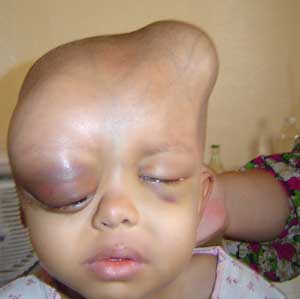Mwanahisa
JF-Expert Member
- Jun 29, 2012
- 1,382
- 510
Kwa mtizamo chanya tu hii ni Neema kwangu, Mto Mkuju Mungu asingeshindwa kuuweka China au Urusi(Rassia), Kwa makusudi mazima akautupia Tanzania. Ninaliona jua jipya ambalo halikuwahi kuchwa, likiamka kwa Tanzania na Afrika nzima. Mungu anawatia maadui zetu njaa na kiu, huku ilihali akitujaza na neema ya chakula na maji ili tu kuwafanya adui zetu mateka.
